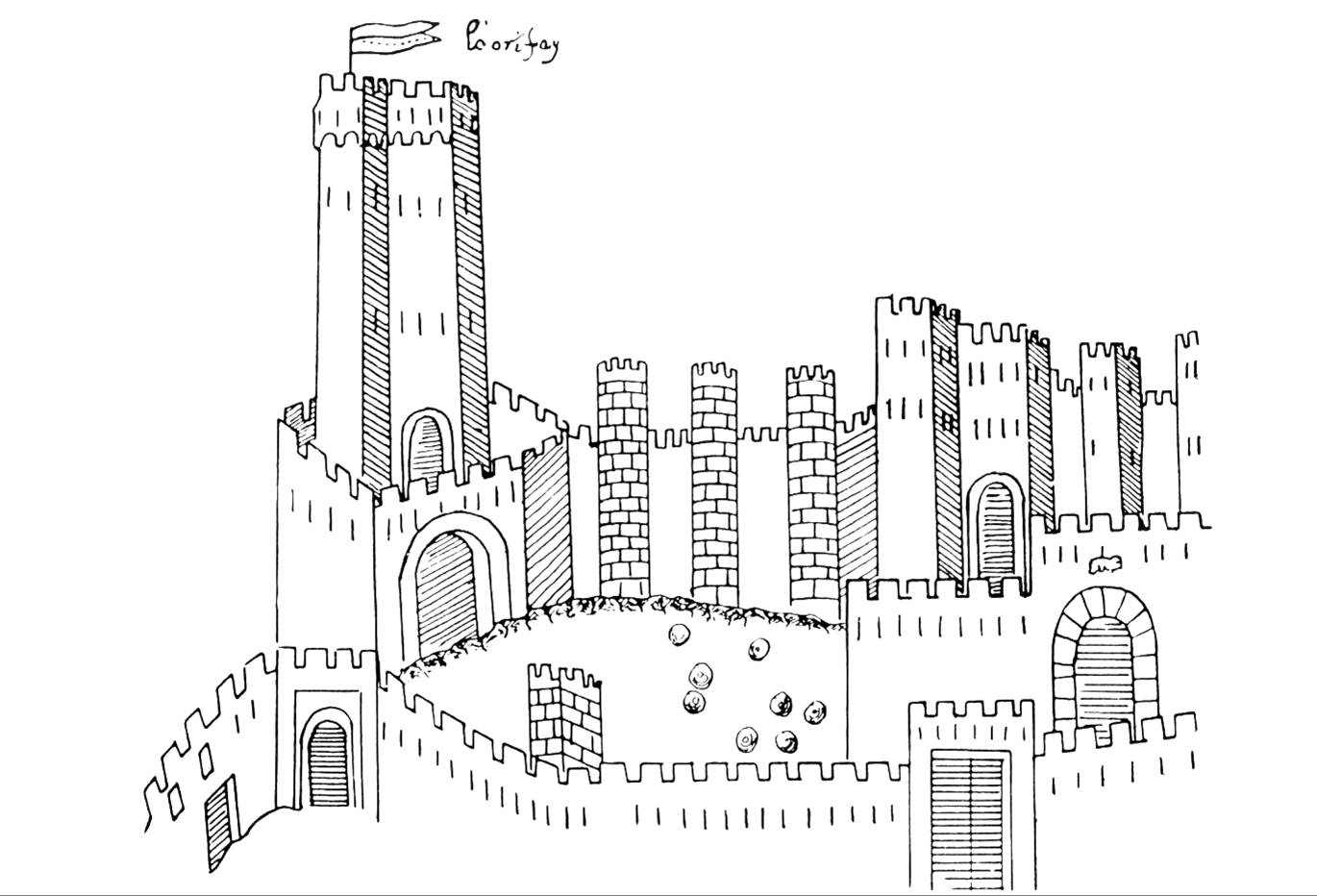Indagini nella fortezza orientalizzante del Nuraghe Sirai di Carbonia (1999-2009): primo bilancio
Abstract
Il contributo propone un bilancio del primo decennio di scavo nella fortezza orientalizzante del Nuraghe Sirai (625-550 a.C. ca.). Gli scavi finora condotti hanno evidenziato gli elementi funzionali dell’insediamento. Le fortificazioni, costituite da terrapieni di 5-6 m di spessore realizzati con compartimenti a camere cieche riempite di terra e pietre, si appoggiano ad una preesistente muraglia nuragica, attraverso la quale si apre una porta pedonale aperta a Nord. Alle spalle di quest’ultima si sviluppa il settore maggiormente indagato dell’abitato, nel quale si riconosce una complessa pianificazione unitaria di isolati di tradizione nuragica e corpi di fabbrica di tradizione fenicia.
Gli studi condotti sulla tipologia e sul modello insediativi, sui materiali d’uso comune (con percentuali apprezzabili di produzioni ibride) e sulle pratiche e i significati appartenenti alla stessa cultura materiale hanno restituito univoci risultati che vanno nella direzione di una reale integrazione della comunità fenicia con quella nuragica in questa parte del Sulcis nell’ultima fase del periodo Orientalizzante.
This paper proposes an assessment of the first decade of research at the orientalizing fortress nearby the nuraghe Sirai (ca. 625-550 BC). The excavations cleared up the main functional units of the settlement. The fortifications consist of embankments made of earth-filled closed rooms, 5 to 6 m thick, leaning upon an ancient Nuragic precinct wall, in the northern side of which a pedestrian gate has been found. Behind this gate develops the most investigated settlement area which shows a complex layout combining buildings of a marked Phoenician tradition with circular and elliptic blocks of houses in the Nuragic tradition, both being integrated within the same architectural planning.
Furthermore, studies focused the settlement model, instrumenta domestica (with a remarkable percentage of hybrid objects) and the practices and meanings owned by the same material culture, bringing to the same univocal results about an actual integration between Phoenician and Nuragic communities in this region of Sulcis, during the last phase of the Orientalizing period.





